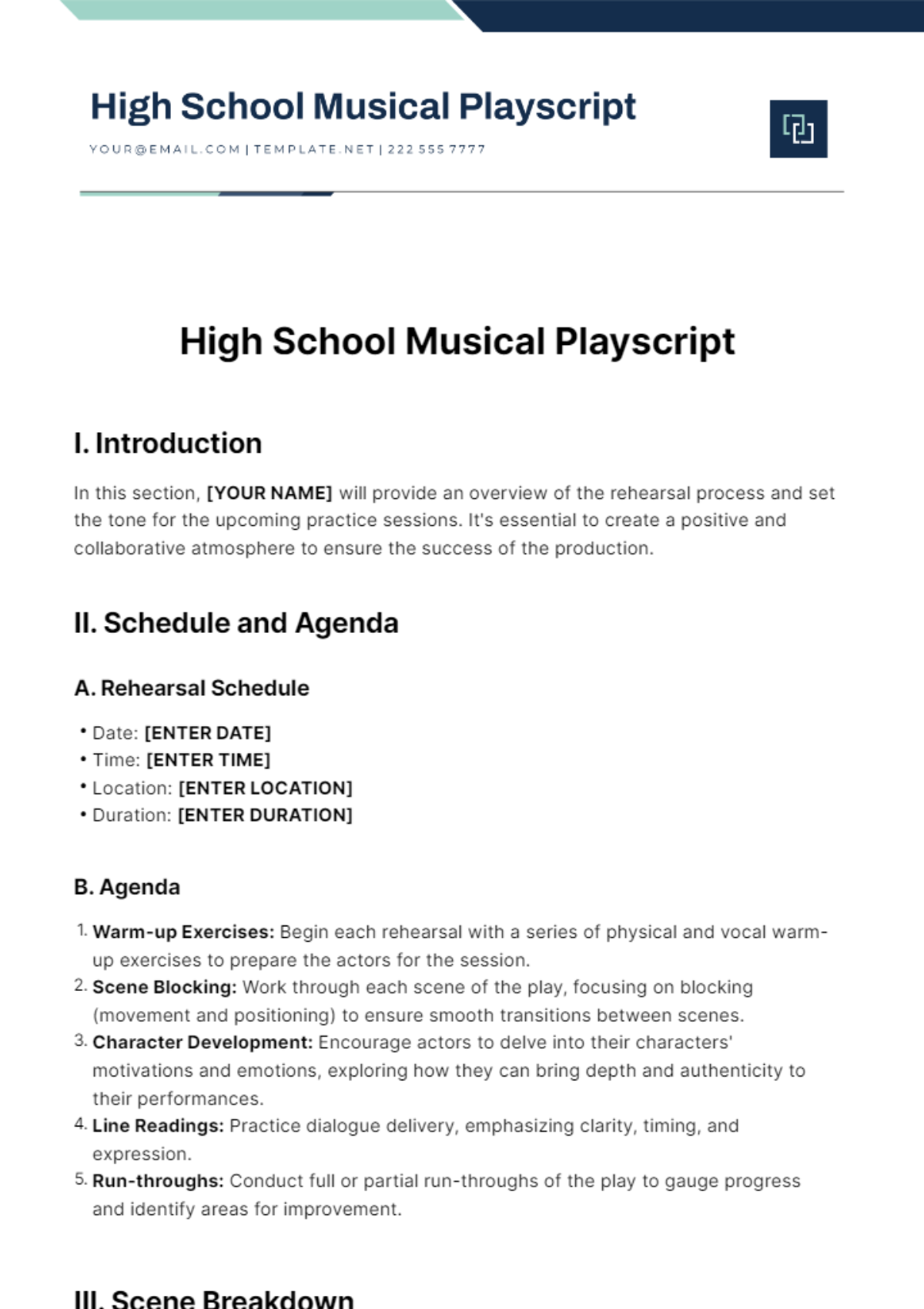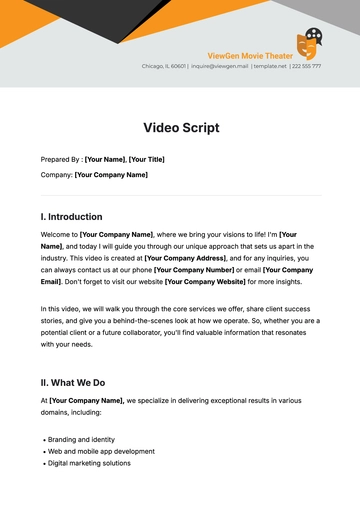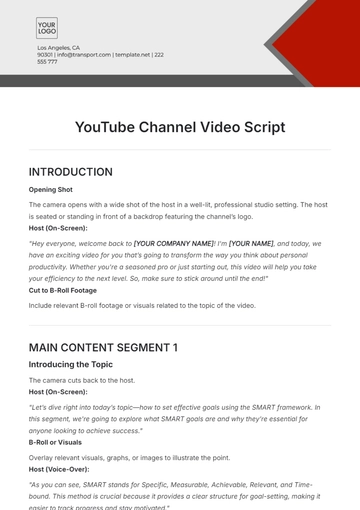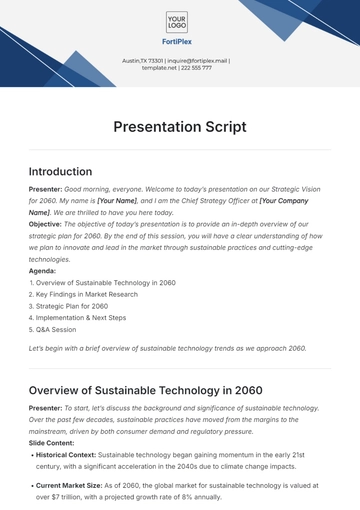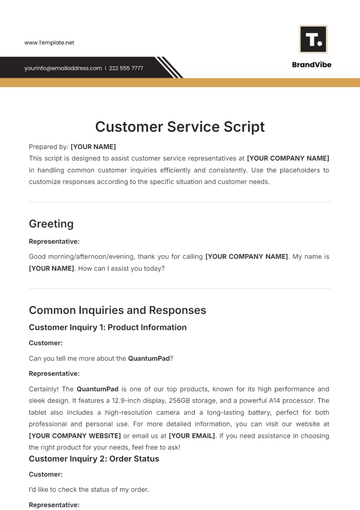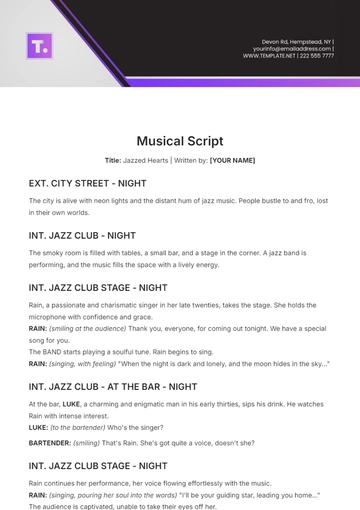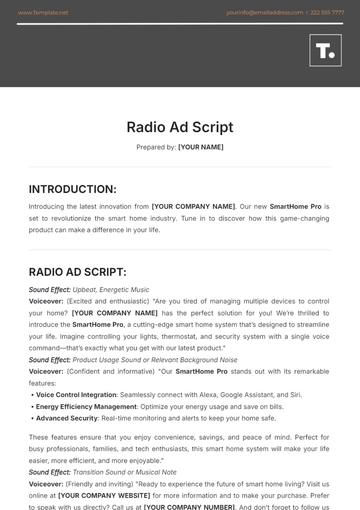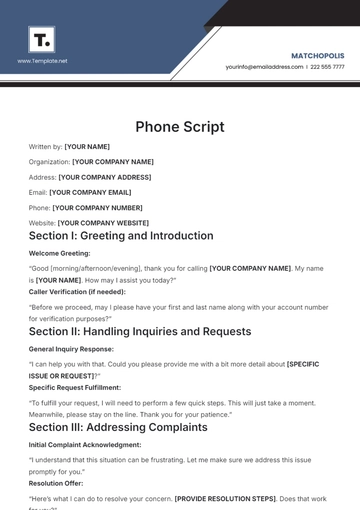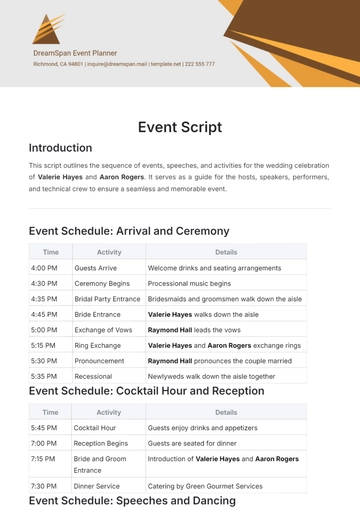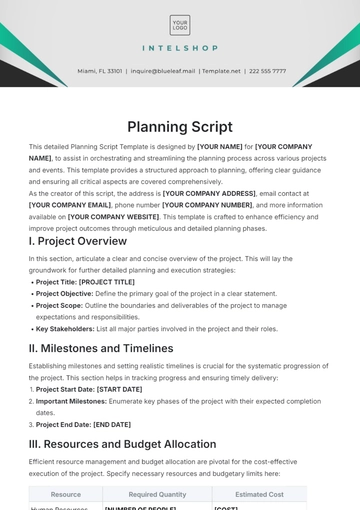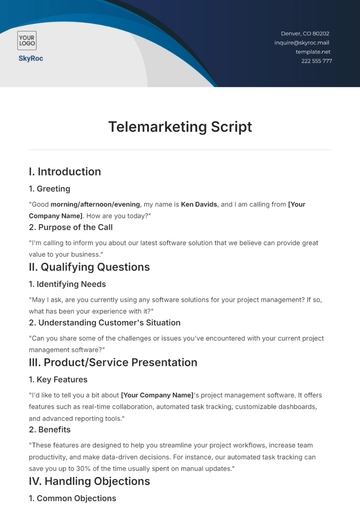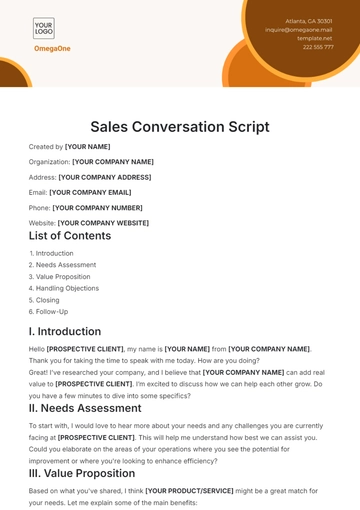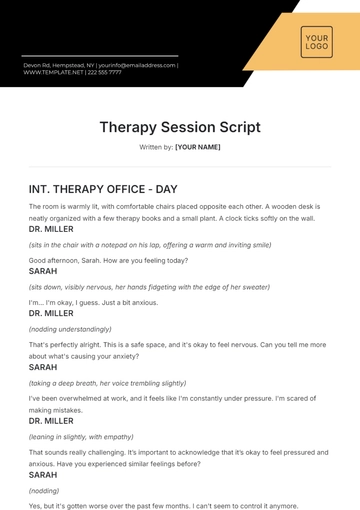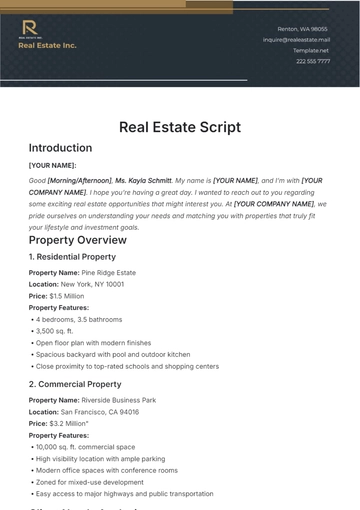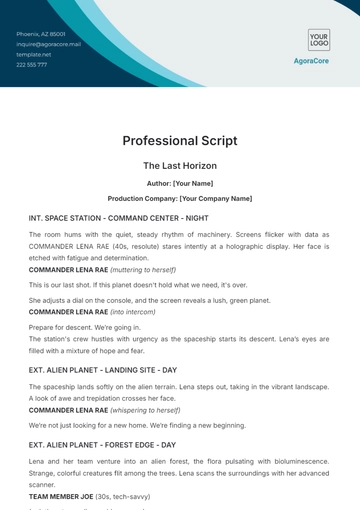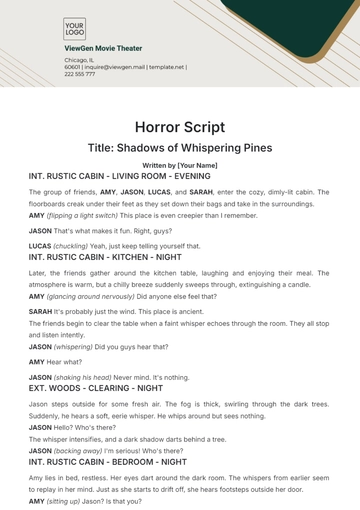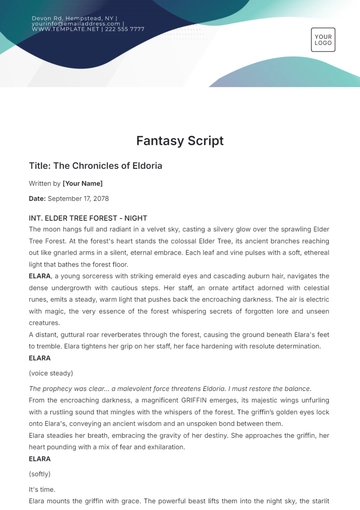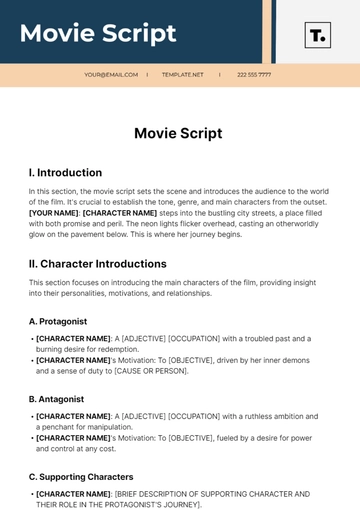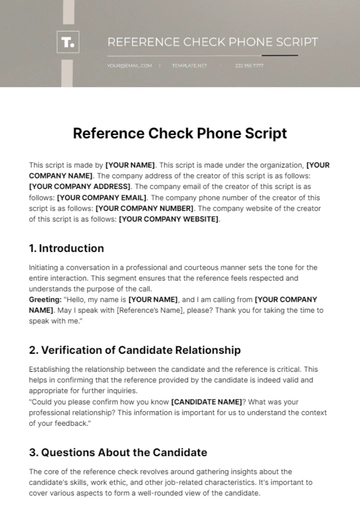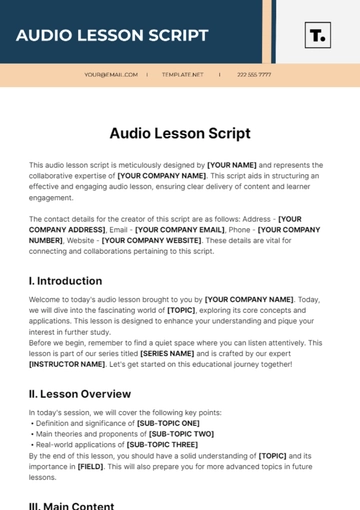High School Musical Playscript
I. Introduction
In this section, [YOUR NAME] will provide an overview of the rehearsal process and set the tone for the upcoming practice sessions. It's essential to create a positive and collaborative atmosphere to ensure the success of the production.
II. Schedule and Agenda
A. Rehearsal Schedule
B. Agenda
Warm-up Exercises: Begin each rehearsal with a series of physical and vocal warm-up exercises to prepare the actors for the session.
Scene Blocking: Work through each scene of the play, focusing on blocking (movement and positioning) to ensure smooth transitions between scenes.
Character Development: Encourage actors to delve into their characters' motivations and emotions, exploring how they can bring depth and authenticity to their performances.
Line Readings: Practice dialogue delivery, emphasizing clarity, timing, and expression.
Run-throughs: Conduct full or partial run-throughs of the play to gauge progress and identify areas for improvement.
III. Scene Breakdown
A. Scene 1: Opening Act
Synopsis: [BRIEF DESCRIPTION OF THE SCENE AND ITS SIGNIFICANCE TO THE OVERALL PLOT]
Characters: [LIST OF CHARACTERS INVOLVED IN THE SCENE]
Dialogue: [KEY LINES OR EXCHANGES TO FOCUS ON DURING REHEARSAL]
Blocking Notes: [INSTRUCTIONS FOR MOVEMENT AND STAGING]
B. Scene 2: Conflict Resolution
Synopsis: [BRIEF DESCRIPTION OF THE SCENE AND ITS SIGNIFICANCE TO THE OVERALL PLOT]
Characters: [LIST OF CHARACTERS INVOLVED IN THE SCENE]
Dialogue: [KEY LINES OR EXCHANGES TO FOCUS ON DURING REHEARSAL]
Blocking Notes: [INSTRUCTIONS FOR MOVEMENT AND STAGING]
IV. Feedback and Notes
A. Director's Notes
Positive Feedback: Highlight moments of excellence and commend actors for their achievements.
Constructive Criticism: Address areas for improvement tactfully, offering guidance and encouragement.
Action Items: Assign specific tasks or exercises for actors to work on before the next rehearsal.
B. Actor Feedback
Open Forum: Provide opportunities for actors to share their thoughts, concerns, and ideas for enhancing their performances.
Peer Feedback: Encourage constructive feedback and support among cast members to foster a collaborative environment.
V. Conclusion
In closing, [YOUR NAME] will summarize the key takeaways from the rehearsal and inspire the cast to continue working hard towards a successful production. Encourage feedback and open communication to ensure that everyone feels valued and motivated throughout the rehearsal process.
Script Templates @ Template.net
